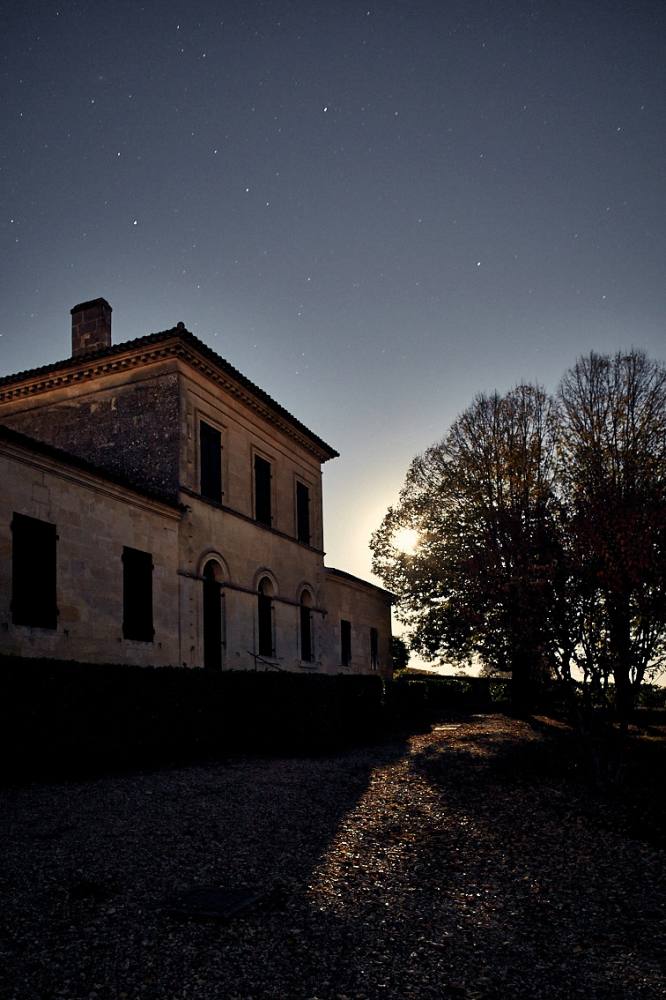In 2002, the family would confer the management of the chateau to Nicolas Thienpont. He was joined by the Oenologist, David Suire. Together they were accompanied by Julien Lavenu (Derenoncourt Consultants) where they would carry forth the efforts already realized until then to constantly improve the finesse of the wines of the domain.
Being fully aware of the exceptional potential of the vineyard, they would commission a very precise study of the terroirs of the domain, putting forth significant means for the renovation of the vineyard and cellars, and would associate traditional methods with innovative techniques so as to express the quintessence of the terroir.



